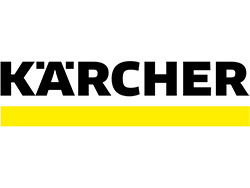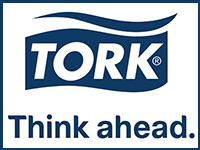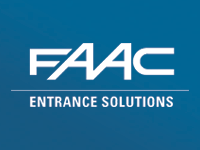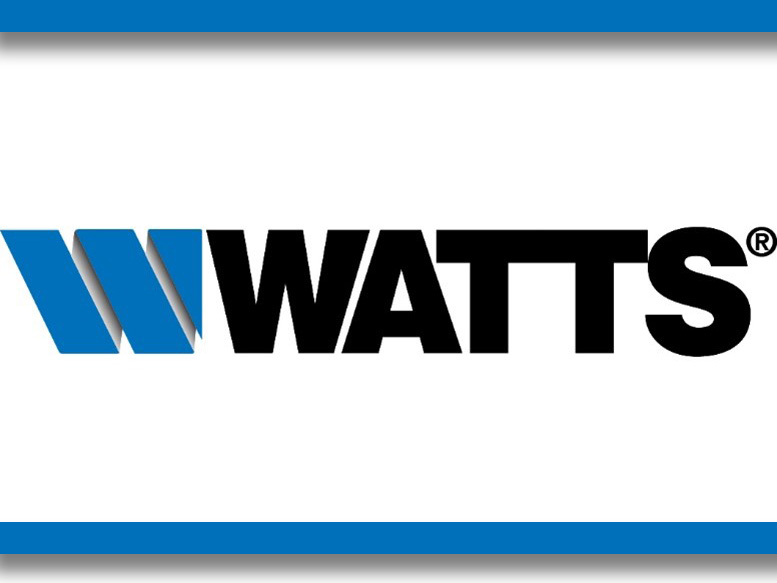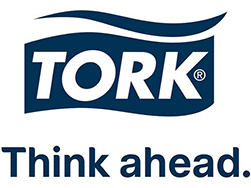Building Design Key To Hitting University Sustainability Targets
 A prominent polymer system supplier is advocating the specification of more sustainable heating and cooling solutions in educational buildings following the publication of analysis suggesting most UK universities are not on track to hit emissions targets.
A prominent polymer system supplier is advocating the specification of more sustainable heating and cooling solutions in educational buildings following the publication of analysis suggesting most UK universities are not on track to hit emissions targets.
The recent release of People and Planet’s annual University League asking ‘how sustainable is your university?’ found that despite 46% of higher education institutes making good progress in this area, the majority were still behind. Specifically, the analysis found that over half of the 154 institutions surveyed had failed to match criteria set out for 2020-21 by the Higher Education Funding Council for England in 2010.
With these findings in mind, polymer supplier REHAU is highlighting the importance of building design in improving the sustainability of universities. The appeal follows the publication of the company’s recent report ‘Designing Healthy Schools and Universities,’ which surveyed 125 architects and specifiers specialising in educational structures on futureproofing facilities through high-performing building services.
“People and Planet’s latest University League re-affirms a long-standing trend in the development of university facilities that must be addressed,” says Steve Richmond, Head of Marketing and Technical for REHAU Building Solutions. “Namely, that current building stock is behind both in terms of sustainability targets, and as far as industry attitudes are concerned.
“This can be seen in research carried out in our latest report of REHAU’s Designing Healthy series, which looked at this sector. Our findings showed that 67% of architects and contractors we surveyed saw leaving high-quality buildings behind was a high priority in their work, with sustainability also ranking highly as a design priority. Contrasted against these clearly stated views, this new analysis makes for sobering reading.”
The report goes on to highlight Office for Students figures showing that UK’s higher education student population is expected to grow by 12.3% between 2020-21 and 2024-25, and the ensuing need for additional campus buildings. This is contrasted against National Audit Office estimates that 60% of current educational building stock was constructed before 1976.
Taking these figures into account, REHAU is advocating that contractors and specifiers working on university facilities ensure building services are chosen with healthy design principles in mind.
Examples of implementable technologies raised in the report include Thermally Activated Building Structures (TABS), which are increasingly being adopted into new university structures and pair well with heat pump technology to provide sustainable heating and cooling. By selecting these sorts of solutions for upcoming projects, campuses can lower emissions while also improving student and staff well-being.
Steve concludes: “The environment is a huge issue for students today, and will continue to rise in prominence as the effects of climate change become more apparent. Alongside this, rising tuition fees mean those attending university have become extremely aware of their status as consumers, and expect eco-conscious, healthy design to match their own priorities.
“However, as our report and the latest analysis suggests, more needs to be done in this field. We would therefore implore contractors, specifiers and stakeholders in higher education to look at other options available, including campus-wide district heating systems, and examine available funding options such as the Public Sector Decarbonisation Scheme.”
To download Designing Healthy Schools and Universities, click here.

















